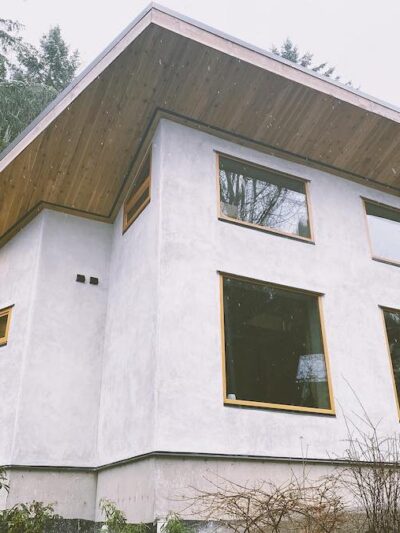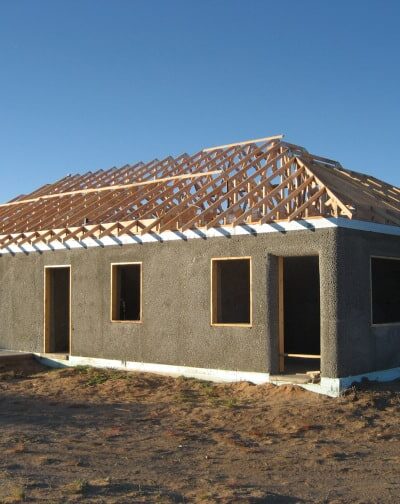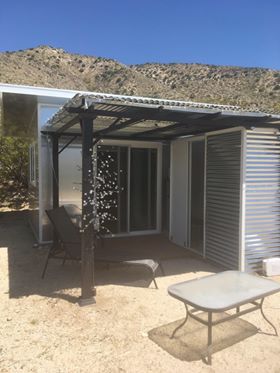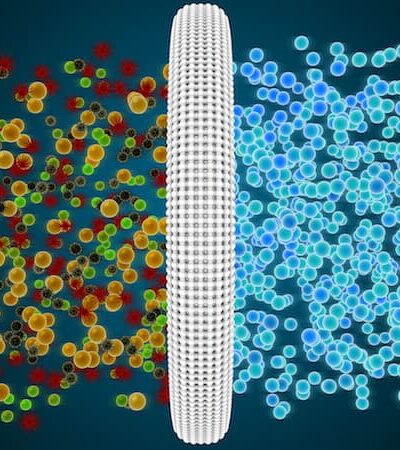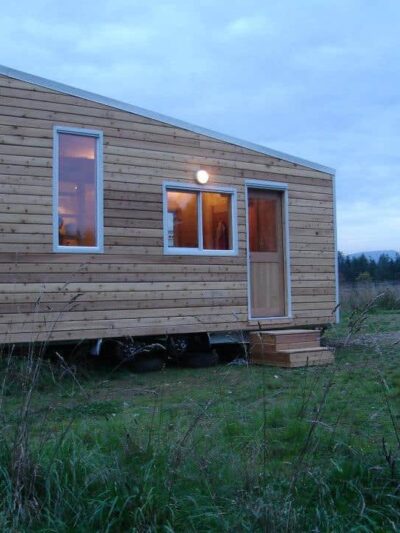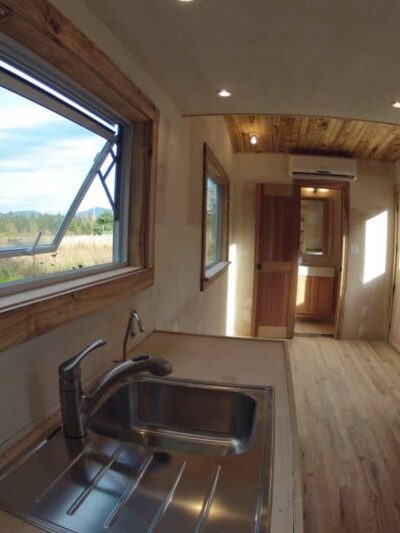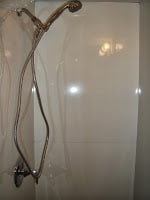Non-Toxic Flooring Underlayment
There are a variety of underlayments used under wood floors, click-together floating floors, as well as carpet and tile. Underlay can serve various functions like cushioning, sound deadening, leveling, uncoupling, and moisture resistance. The following underlayments are relatively high in offgassing (too high for me): This post goes over the best non-toxic low-VOC options. Paper …


